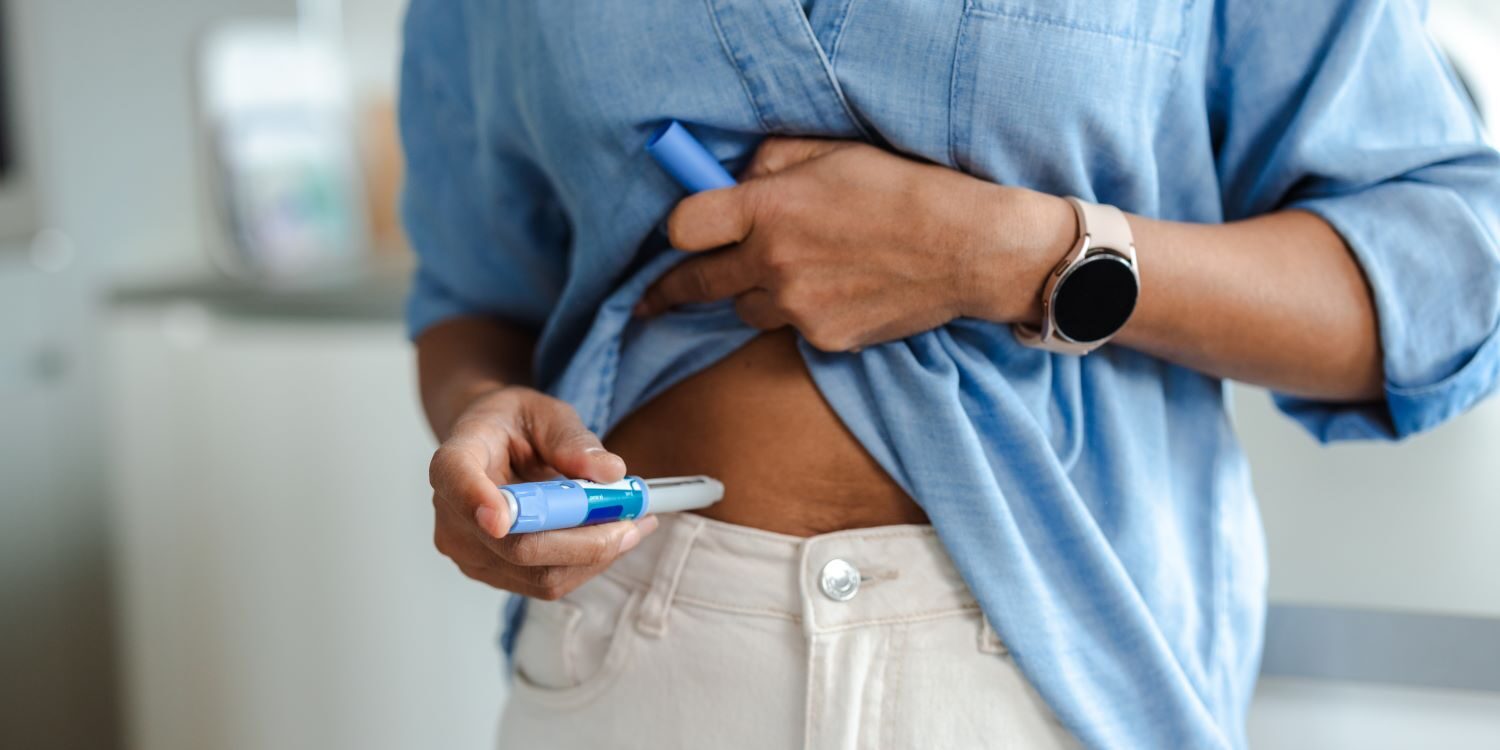Stress incontinence can be an embarrassing, and even isolating condition experienced by women. Childbirth can lead the urinary sphincter and pelvic floor muscles to get weaker, leading to a higher risk of female stress incontinence. Women are also at an increased risk of developing stress incontinence during the menopause when the urethra lining is thinned by reduced levels of oestrogen.
Common causes of stress incontinence
So how does stress incontinence come about? It is down to the weakening of the muscles which support the bladder and control the release of urine. The urethra muscles are designed to stay shut as your bladder fills with urine before the time comes when you need to go to the toilet. But the weakening of muscles means that things which put pressure on the pelvic and abdominal muscles can lead to urine leakage, due to the pressure on the bladder.
Which complications and symptoms do female stress incontinence cause?
The discomfort and inconvenience which arise from female stress incontinence mean that the condition can lead to embarrassment and distress. This could impact on your social life, career and your relationships. Female stress incontinence can also produce rashes due to skin being regularly in contact with urine. This is generally associated with severe incontinence, and in cases where precautionary measures, such as incontinence pads, are not taken.
Getting treated for stress incontinence
After methods of diagnosis such as bladder function tests have ascertained you have stress incontinence, there are a number of treatment options available.
A range of behaviour therapies are able to lessen – or in some cases, even eliminate stress incontinence episodes. These can include making changes to your fluid consumption, according to a doctor’s recommendations on the volume and timing of what you drink. Exercises focused on strengthening the pelvic floor muscles can also help. Known as Kegel exercises, they can be taught to you by a physiotherapist or doctor.
Devices such as urethral inserts and a vaginal pessary can be recommended, and in cases where the measures above have been ineffective, surgical interventions can be used to support the bladder neck or improve sphincter closure. These procedures can include retropubic colposuspension, the sling procedure, and the injection of bulking agents.
Female stress incontinence can be troubling, but thankfully there are a number of treatment paths which are effective in minimising the effects of the condition.
Search treatments & services A-Z
Search for a specific treatment or service.



